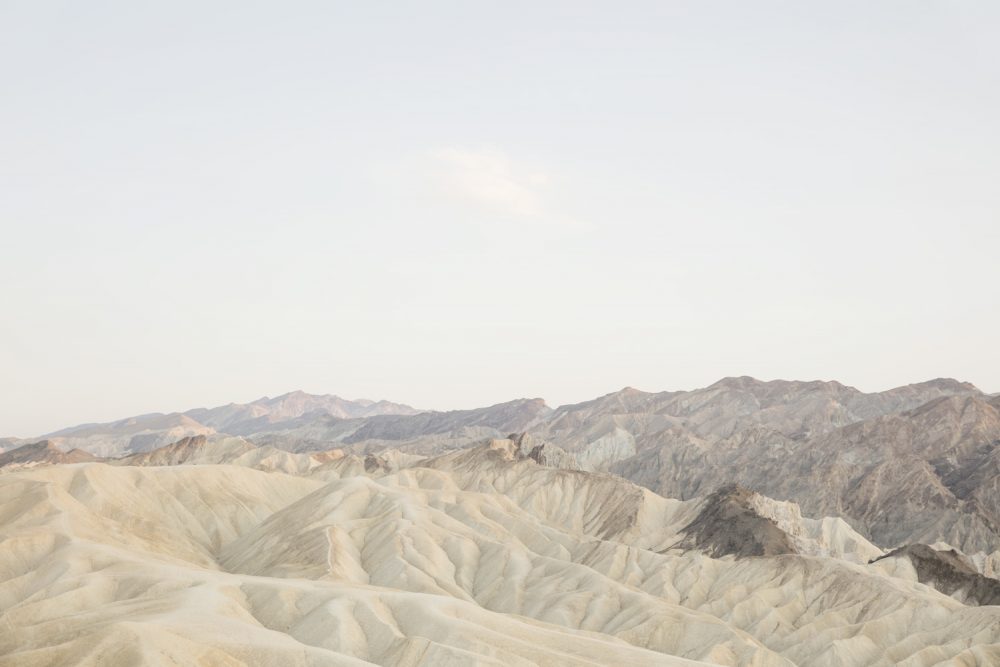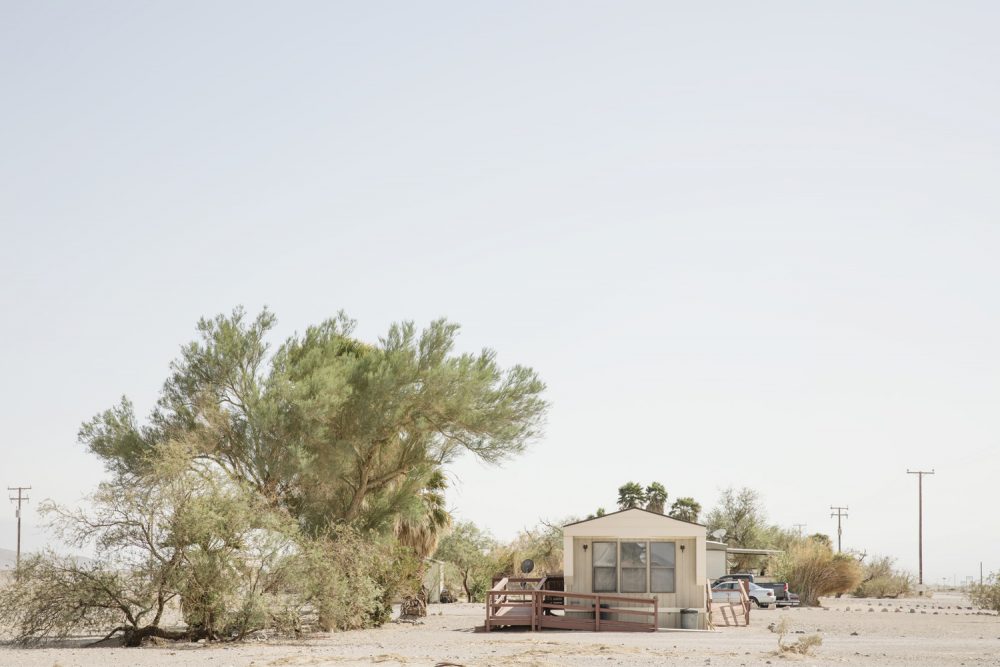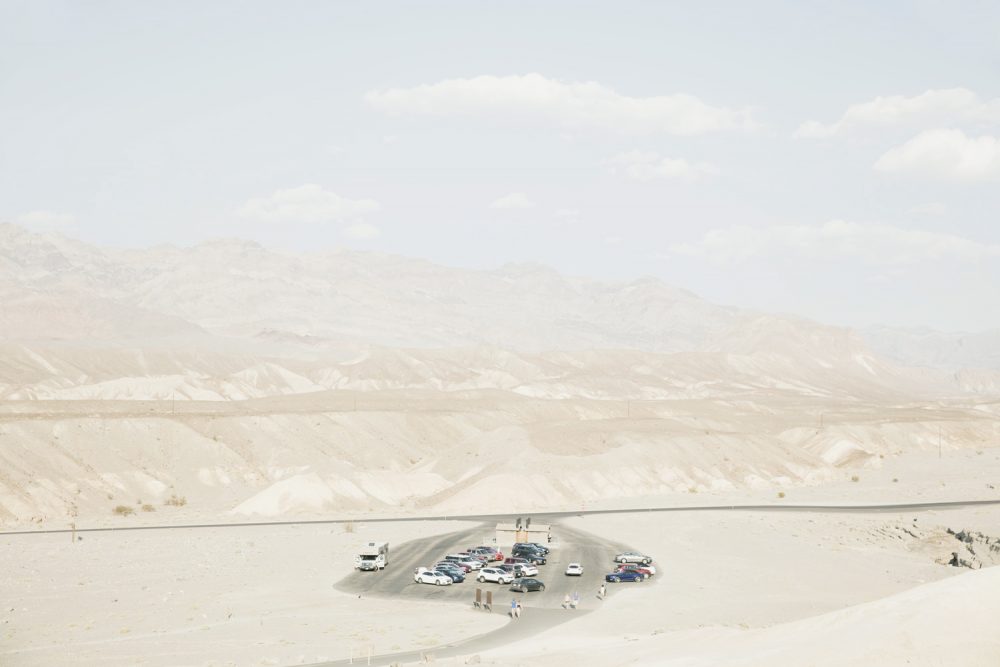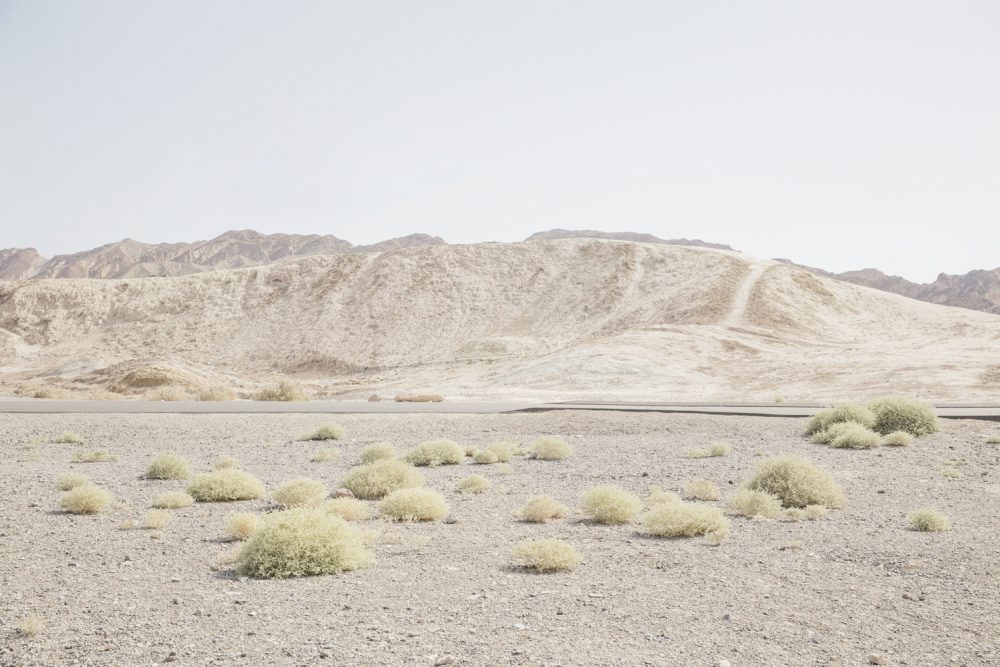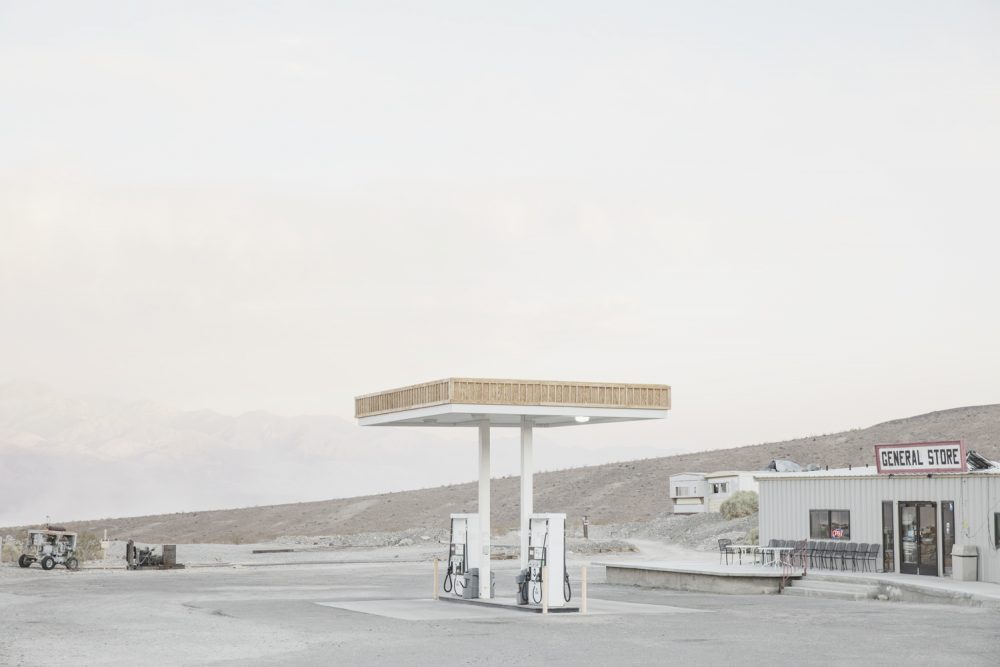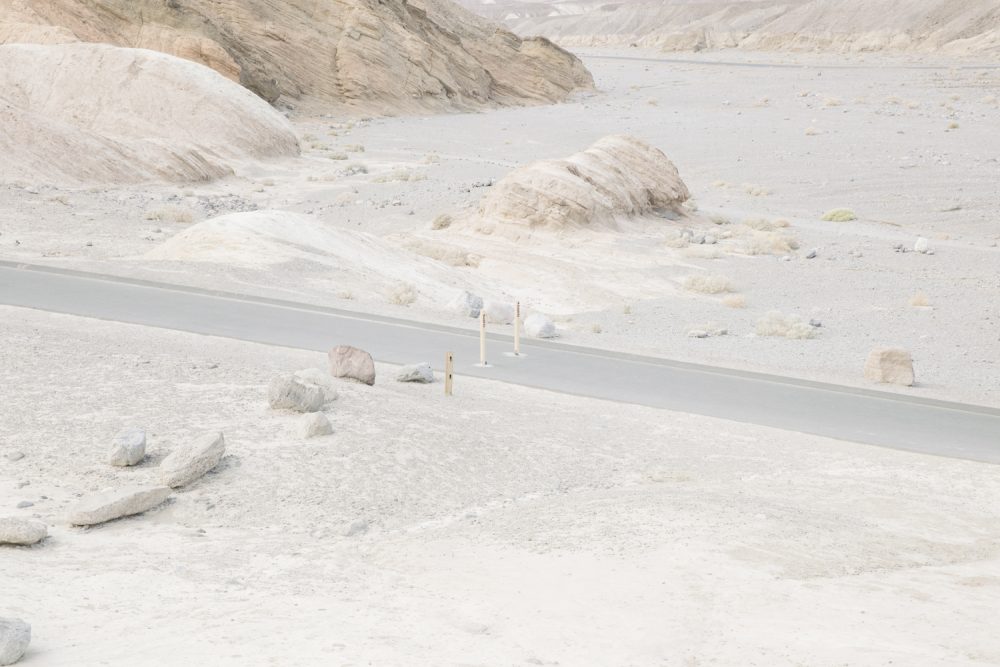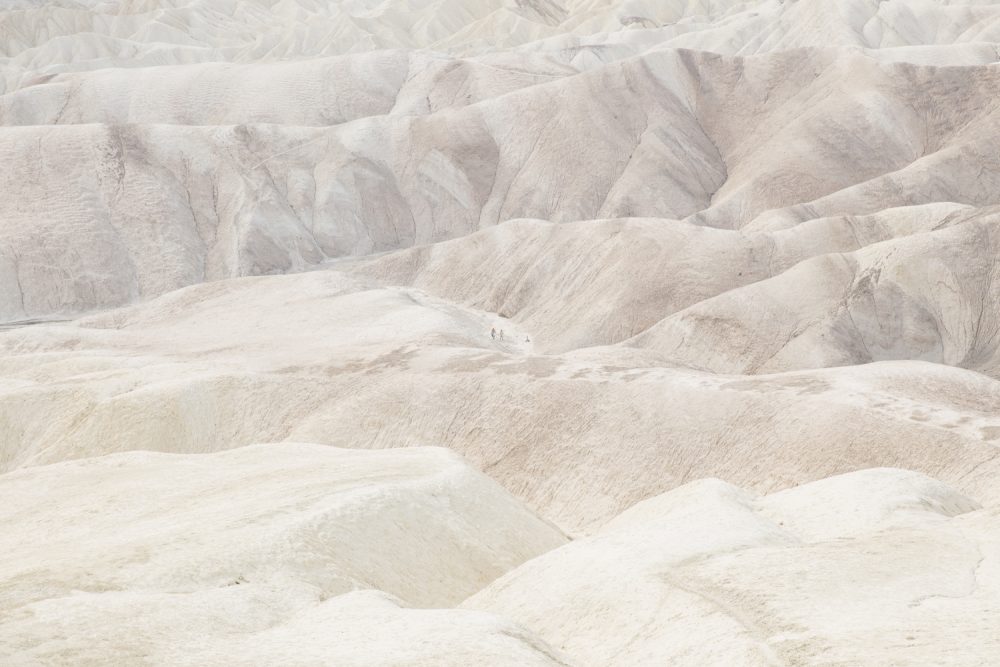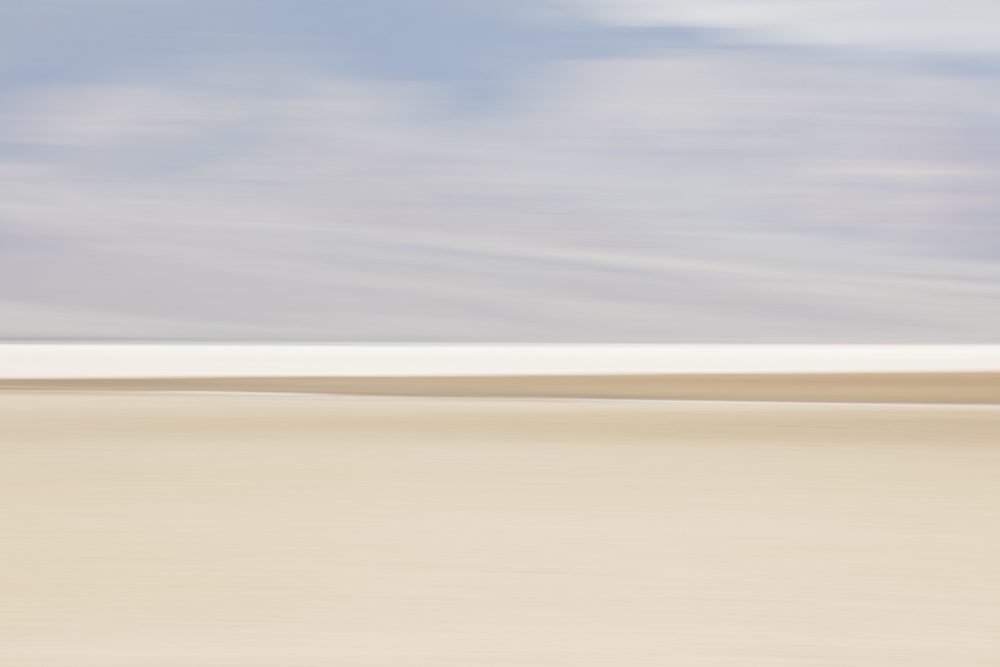Stray From The Path
Joel Redman
2021 — Death Valley, USA
About this series
Death Valley, California is one of the hottest places in the world. During the gold rush, “The Lost 49ers”, a group of pioneers, journeyed across this immense desert and suffered severe hardship. The survivors gave the valley its name.
Today, it still feels like the unreal world of Zane Grey’s “Wanderer of the Wasteland”. “How desolate and grand!” Grey wrote. “The far-away, lonely and terrible places of the earth were the most beautiful and elevating.”
There is a certain romance to visiting the desert — the idea of wandering off and disappearing into it. Edna Brush Perkins in “The Heart of Mojave” remarks on this feeling: “When you are there, face to face with the earth and the stars and time, day after day, you cannot help feeling that your role, however gallant and precious, is a very small one. This conviction, instead of driving you to despair as it usually does when you have it inside the walls of houses, releases you very unexpectedly from all manner of anxieties.” Death Valley, like all great wildernesses, offers much more than the sights that most people flock to. Unfortunately, visitors often forget to stray from the beaten path.
Photographer: Joel Redman
Nationality: English
Based in: Bristol, UK
Website: www.joelredman.com
Instagram: @joelredman1
Joel Redman is a photographer based in the UK, his work permeates conversations around climate change, communities, land, nature, and our environment.
He has worked with communities at the fore in our fight against climate change. Indigenous peoples and local communities throughout the tropical rainforest belt, working alongside the non profit “If Not Us Then Who”, collaborating with these communities creatively, mentoring indigenous content creators and giving voice to their fight. In addition he has spent time with the Sami in Northern Finland documenting their struggles to continue their ancestral way of life. Closer to home he’s worked with communities faced with the prospect of being labeled the first “UK Climate Refugees”, a community in West Wales. Joel’s spent time covering the freshwater crisis facing cities globally, with a focus in 2018 on the city of Cape Town who faced the very real prospect of “Day Zero” the date when the city’s water supplies may be switched off having been critically low. He’s also undertaken personal journeys that traverse challenging arid landscapes, including travelling through Death valley, the Karoo Desert, and the Silk Road through Uzbekistan.
Joel’s work primarily seeks to document sensitively and with consideration the journeys and experiences he’s drawn to, often speaking of the land and the people that reside or visit these landscapes and spaces.
Partners who’ve supported the work include, The Ford Foundation, Rainforest Foundation, The UN Foundation, WWF, UNDP. His work has been recognised in the following publications, The British Journal of Photography, The New Yorker, Der Spiegel, The Guardian, Global Citizen, Monocle Magazine, Fisheye Magazine, GEO Magazine, Royal Photographic Society. Having received numerous awards, and been exhibited in The National Portrait Gallery, The Royal Academy of Art, Hong Kong Museum of Climate Change, International Climate Week in New York, amongst others.



